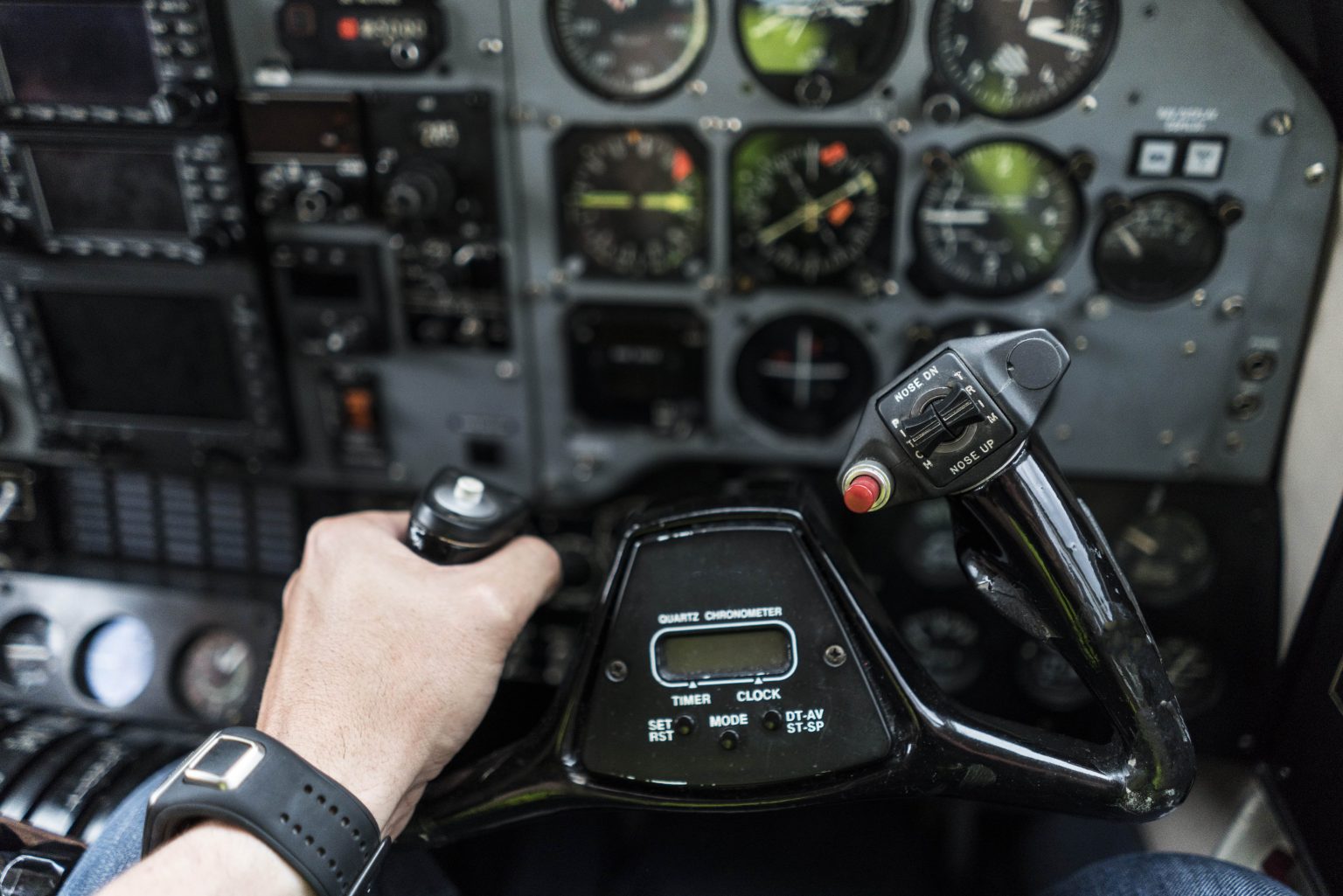
How many landings in a day?
Ag pilots are some of the most hard-working folks we know.

Providing stability to sustain the industry through seasons of change.
We exist to maximize potential and minimize risk for all involved in agricultural aviation.

Comparing an ag pilot’s logbook to a typical commercial pilot, you’ll notice substantially more landing entries for an ag pilot. This is due to the number of trips these aviators take every day, especially during peak growing seasons. Quick and effective aerial application is necessary when disease and pests plague the crops. During peak seasons ag pilots can make dozens of take-offs a day to ensure timely application, flying for an average of 10 hours a day and covering 2000 acres of land.
This extremely demanding designation of work includes duties such as taking off from mud and uneven ground, often landing with a tailwind, flying along at 100-200 mph while spraying just 6 feet above the ground, and making 70-to-80-degree sharp turns all while keeping their patterns and avoiding obstacles. These hardworking pilots manage to complete this risky job day in and day out because they are experienced professionals with thousands of logged flight hours. They hold a commercial pilot’s license and state pesticide licensing. Ag planes carry a multitude of different payloads including hundreds of gallons of pesticides, herbicides, water, and seeds.
Ag pilots need a tremendously skillful and experienced work crew surrounding them in order to accomplish each daily task. For example, maintenance crews perform regular inspections and repairs to the aircraft in order to ensure that it is fully functional for the demanding tasks throughout the whole workday. However, the pilot always does a critical pre-flight evaluation on their own. The modern ag aircrafts fly faster than ever, and the ground crew makes sure fuel and chemical loaders are always ready to load the aircraft to reduce the turnaround time between flights. The path for each flight is predetermined. A relatively new advancement includes uploading the field pattern onto a USB drive so that the pilot can connect it to a special system in the cockpit that includes GPS, field mapping, and nozzle calculators to ensure precise aerial application. All around the world, there are millions of acres of farmland and rural valleys that need to be planted, treated, and protected. Because of varying weather conditions, the special system located inside of ag planes is a key component of this entire operation.
Some many people and systems make it possible to fly this many fields in a day, but make no mistake, it only happens because these pilots are some of the most capable there are. Ag pilots work by acres not hours, so this job requires a high level of training, expertise, dedication, and endurance.
Share on
International team members came together to work on business development in Brazil.
Attending is part of our efforts to stay familiar with the most recent trends and developments in aviation technology.
International team members came together to work on business development in Brazil.
Attending is part of our efforts to stay familiar with the most recent...
WOULD YOU LIKE TO BE PART OF THE AERIAL APPLICATION REVOLUTION?
WOULD YOU LIKE TO BE PART OF THE AERIAL APPLICATION REVOLUTION?
WOULD YOU LIKE TO BE PART OF THE AERIAL APPLICATION REVOLUTION?
Something isn’t Clear?
Do not hesitate to contact us and we will be happy to help you and our cooperation!